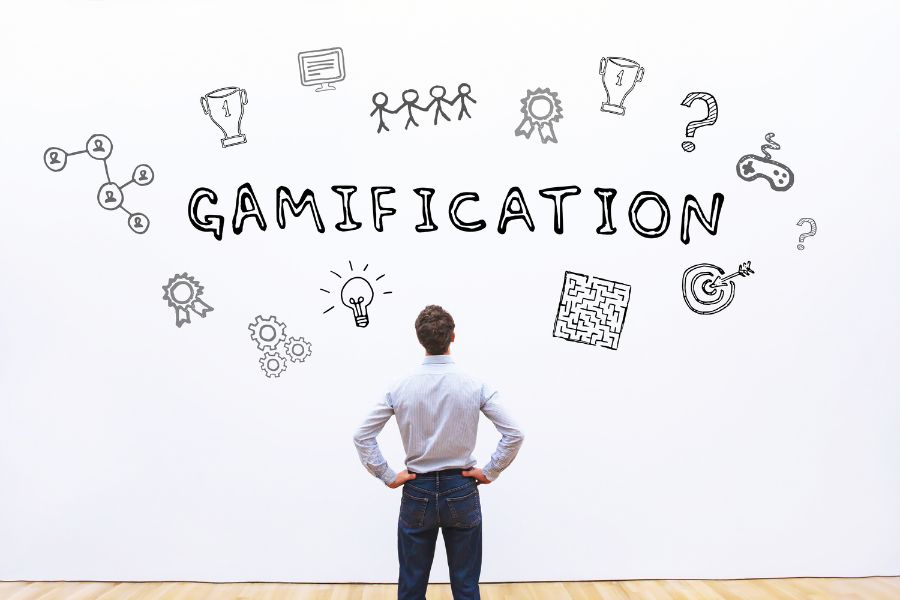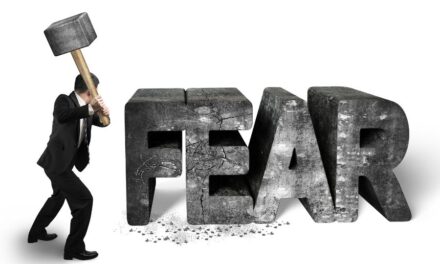Real-World Gamification Examples to Elevate Your Strategy
Introduction: The Game-Changing World of Gamification
Remember the thrill of collecting stickers as a kid? Or the joy of leveling up in a video game? That’s the essence of gamification. It’s about harnessing the power of play and integrating it into everyday business scenarios. For the budding American entrepreneur or the seasoned small business owner, gamification can be the secret ingredient to success and in this article we will provide you with various gamification examples.
Why Every American Small Business Owner Should Embrace Gamification
Imagine a world where customers eagerly anticipate your next product release or where employees are genuinely excited about training sessions. That’s the magic of gamification.
According to LXAHUB [1], businesses that sprinkle in some gamification see conversion rates skyrocket by up to 7X. Impressive, right?
- Boosted Customer Engagement: It’s simple. Make tasks fun, and customers will want to interact more. It’s like turning chores into challenges.
- Elevated Employee Morale: It’s not just your customers who love a good game. Your employees do too! Gamified training can make Monday mornings something to look forward to.
Diving Deep into Gamification Examples
Gamification Example 1: Loyalty Programs
The Scoop: It’s all about rewarding loyalty and building lasting customer relationships.
Real-life Magic: Starbucks’ Star Rewards isn’t just about free coffee. It’s about creating a community of coffee lovers. Every purchase feels like a step closer to a reward, making customers feel valued and appreciated. For small businesses, this could translate into a point system for local services or products, turning every transaction into a memorable experience.
Gamification Example 2: Challenges and Contests
The Scoop: Sparking a competitive spirit and driving engagement.
Real-life Magic: Fitbit doesn’t just sell fitness trackers; they sell a lifestyle. Their step challenges are more than just counting steps; they’re about community, motivation, and personal achievement. Small businesses can take a leaf out of Fitbit’s book by hosting monthly challenges or contests, be it for the most referrals, photo contests, or even community service.
Gamification Example 3: Progress Bars
The Scoop: Visual motivation that drives action.
Real-life Magic: Duolingo isn’t just teaching languages; it’s making learning addictive. Those progress bars serve as a constant nudge, a reminder of how far you’ve come and how little you have left to achieve your goal. For businesses, this could be applied in customer dashboards, training modules, or even order tracking, giving customers and employees a visual representation of their journey.
Beyond the Norm: Unique Gamification Strategies
- Virtual Treasure Hunts: Let’s face it: we humans love to hunt! Using Augmented Reality, businesses can create virtual treasure hunts in their stores or local areas. It’s not just about finding the ‘treasure’; it’s about the experience, the journey, and the stories that come with it.
- Feedback Rewards: Encourage customer feedback by turning it into a game. Every review or feedback could earn points, which could be redeemed for discounts or special offers.
- Skill-Building Challenges: For businesses that offer courses or training, turning modules into challenges can boost engagement. Completing a module could unlock the next level, making learning feel like a game.
In Conclusion: Play the Game, Reap the Rewards
In the world of business, it’s not just about transactions; it’s about experiences. Gamification offers a unique way to enhance these experiences, making every interaction memorable. For the American small business owner, it’s an opportunity to not just grow but to thrive in a competitive landscape.
Sources:
[1] LXAHUB – Gamification in Marketing: Stats and Trends for 2023: https://www.lxahub.com/stories/gamification-in-marketing-stats-and-trends-for-2022





